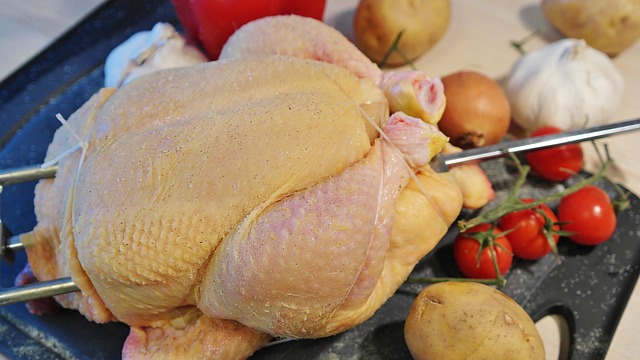Research shows that 70% of consumers wash their chicken before they cook it. Where do you stand on this issue?
The practice of washing chicken may actually have come from someone I admire greatly, Julia Child. In one of her episodes of The French Chef, she advised viewers to run uncooked chicken under the faucet saying she just thought it was a safer thing to do. She reasoned that we wash produce, so we should probably wash poultry, too. Julia said it, must be right. Sorry, no.
We all know that there can be bacterial hazards in raw poultry. The most concerning are Salmonella and Campylobacter. Meat and poultry account for 22% of all foodborne illnesses and 29% of all foodborne illness related deaths.
These bacteria CANNOT be removed from the poultry by washing. But they can be splashed and spread around your kitchen when when placed under the kitchen faucet to rinse. Bacteria-laden water could go onto counter tops, faucets, towels, sponges or ready-to-eat food sitting near-by. This is a prime example of potential cross-contamination.
Best practices are to use the poultry directly from the package. Take care not to spread any juices from the chicken that may have collected in the package. Wash your hands carefully before and after handling the raw chicken. The only way to know poultry is safe is by using a food thermometer to insure it has reached a minimum internal temperature of 165 degrees F.
There are a couple other things you can do to help make sure you’re keeping your chicken (and other foods in the refrigerator safe): keep your refrigerator temperature below 40 degrees F and store the poultry in the lowest part of your refrigerator so it won’t have the opportunity to drip potentially hazardous juices onto ready-to-eat foods and/or produce that won’t be cooked.
Cheryle Jones Syracuse, MS
Professor Emeritus, The Ohio State University
Copyright foodandhealth.com, reprinted with permission.
Additional Resources
- For more information, recipes, and a clever animation, visit Drexel University’s “Don’t Wash Your Chicken” campaign.
- For a list of safe minimum cooking temperatures for various meats, poultry, and seafood, visit FoodSafety.gov.

